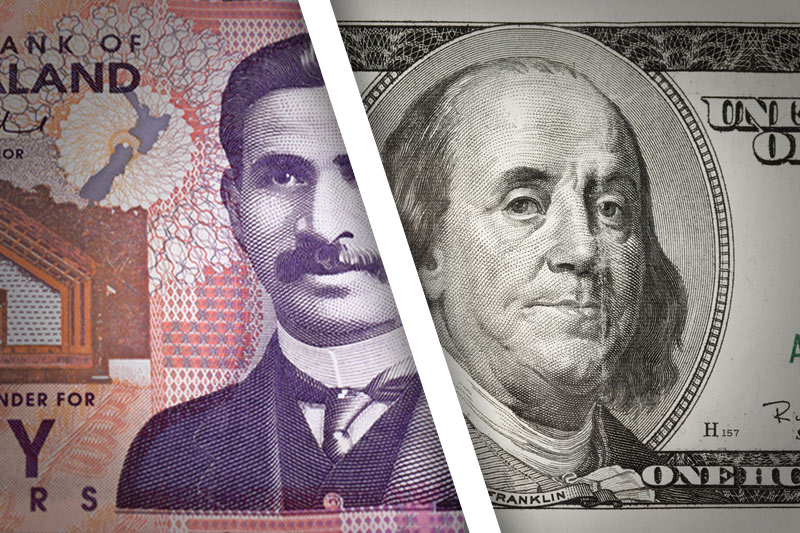Investing.com - The New Zealand dollar was steady against its U.S. counterpart on Wednesday, trading near a 17-month high, as data showing a surge in Chinese imports supported demand for the kiwi.
NZD/USD hit 0.8538 during late Asian trade, the pair's highest since September 2, 2011; the pair subsequently consolidated at 0.8531, easing up 0.06%.
The pair was likely to find support at 0.8466, Tuesday's low and resistance at 0.8456, the high of September 2, 2011.
The kiwi found support after official trade data showed that Chinese imports rose 14.1% from a year earlier in March, blowing past expectations for a 6% increase and following a decline of 15.2% in February.
China is New Zealand's second biggest export partner.
The kiwi was fractionally lower against the Australian dollar with AUD/NZD edging up 0.09%, to hit 1.2314.
Also Wednesday, the Westpac Banking Corporation said consumer sentiment in Australia fell 5.1% in April after a 2% increase the previous month.
Investors were eyeing the minutes of the Federal Reserve's latest meeting to see if the U.S. central bank discussed the possibility of an earlier-than-expected end to its quantitative easing program, after examining the possibility at its previous two meetings.
NZD/USD hit 0.8538 during late Asian trade, the pair's highest since September 2, 2011; the pair subsequently consolidated at 0.8531, easing up 0.06%.
The pair was likely to find support at 0.8466, Tuesday's low and resistance at 0.8456, the high of September 2, 2011.
The kiwi found support after official trade data showed that Chinese imports rose 14.1% from a year earlier in March, blowing past expectations for a 6% increase and following a decline of 15.2% in February.
China is New Zealand's second biggest export partner.
The kiwi was fractionally lower against the Australian dollar with AUD/NZD edging up 0.09%, to hit 1.2314.
Also Wednesday, the Westpac Banking Corporation said consumer sentiment in Australia fell 5.1% in April after a 2% increase the previous month.
Investors were eyeing the minutes of the Federal Reserve's latest meeting to see if the U.S. central bank discussed the possibility of an earlier-than-expected end to its quantitative easing program, after examining the possibility at its previous two meetings.
